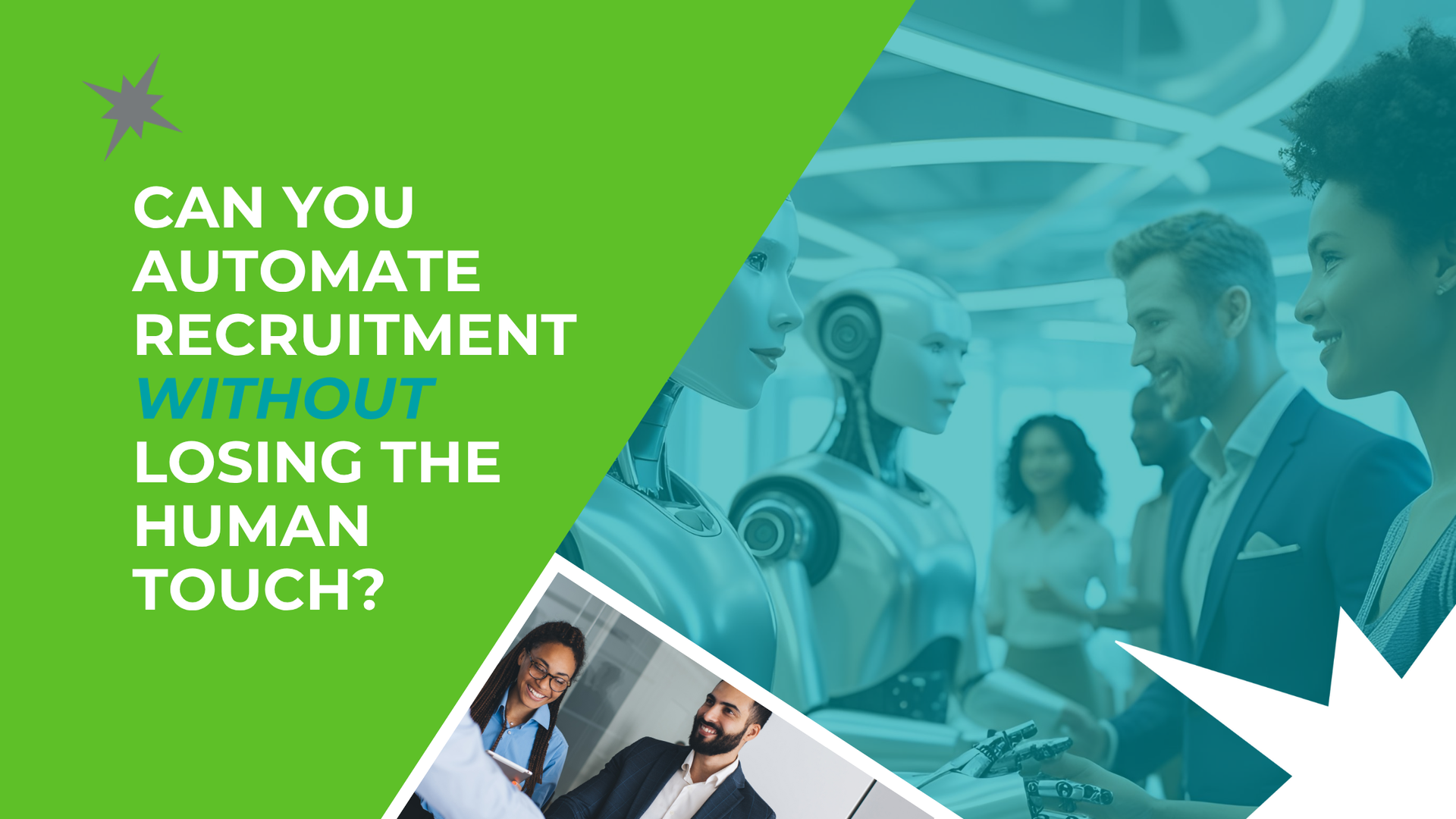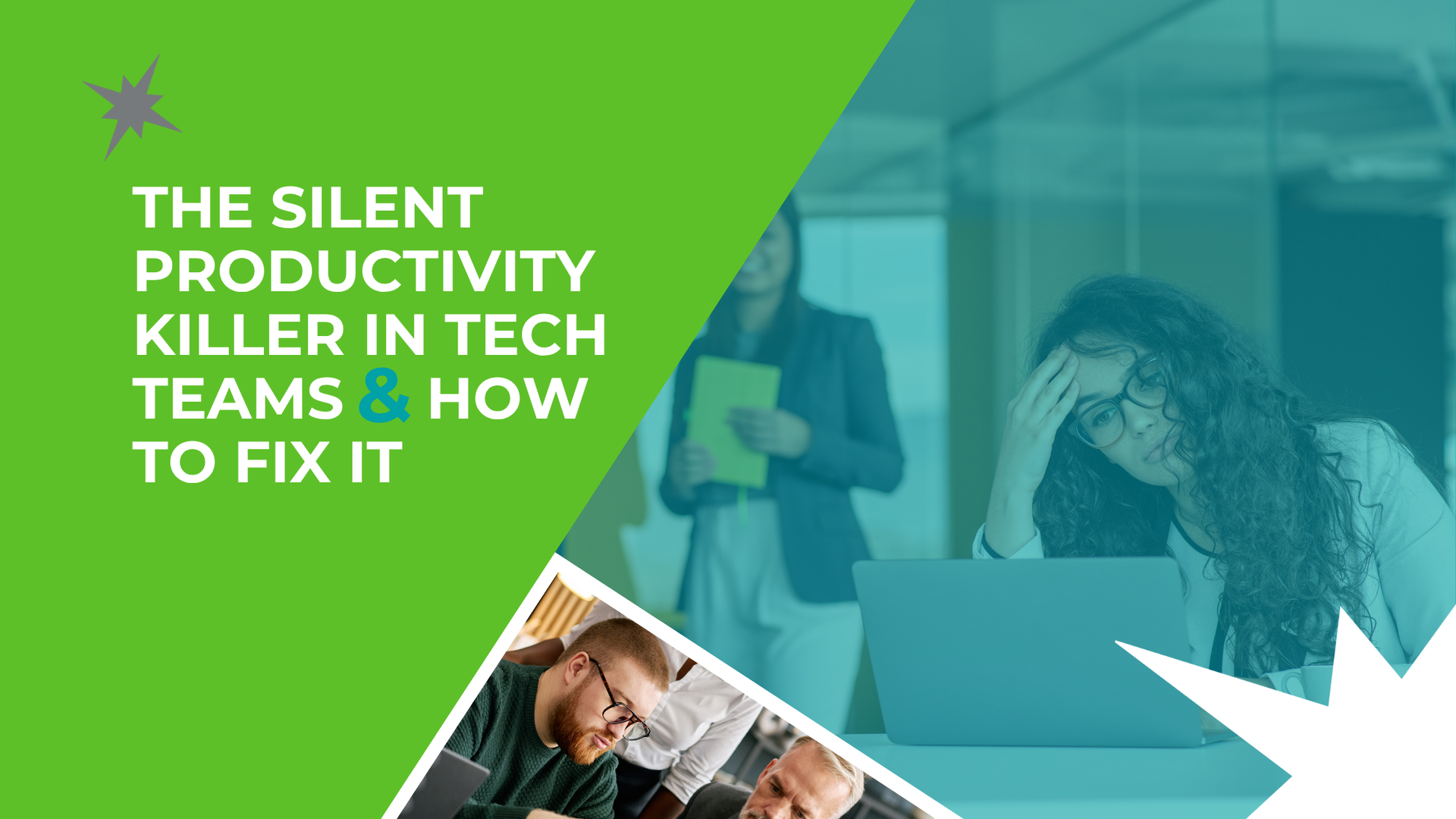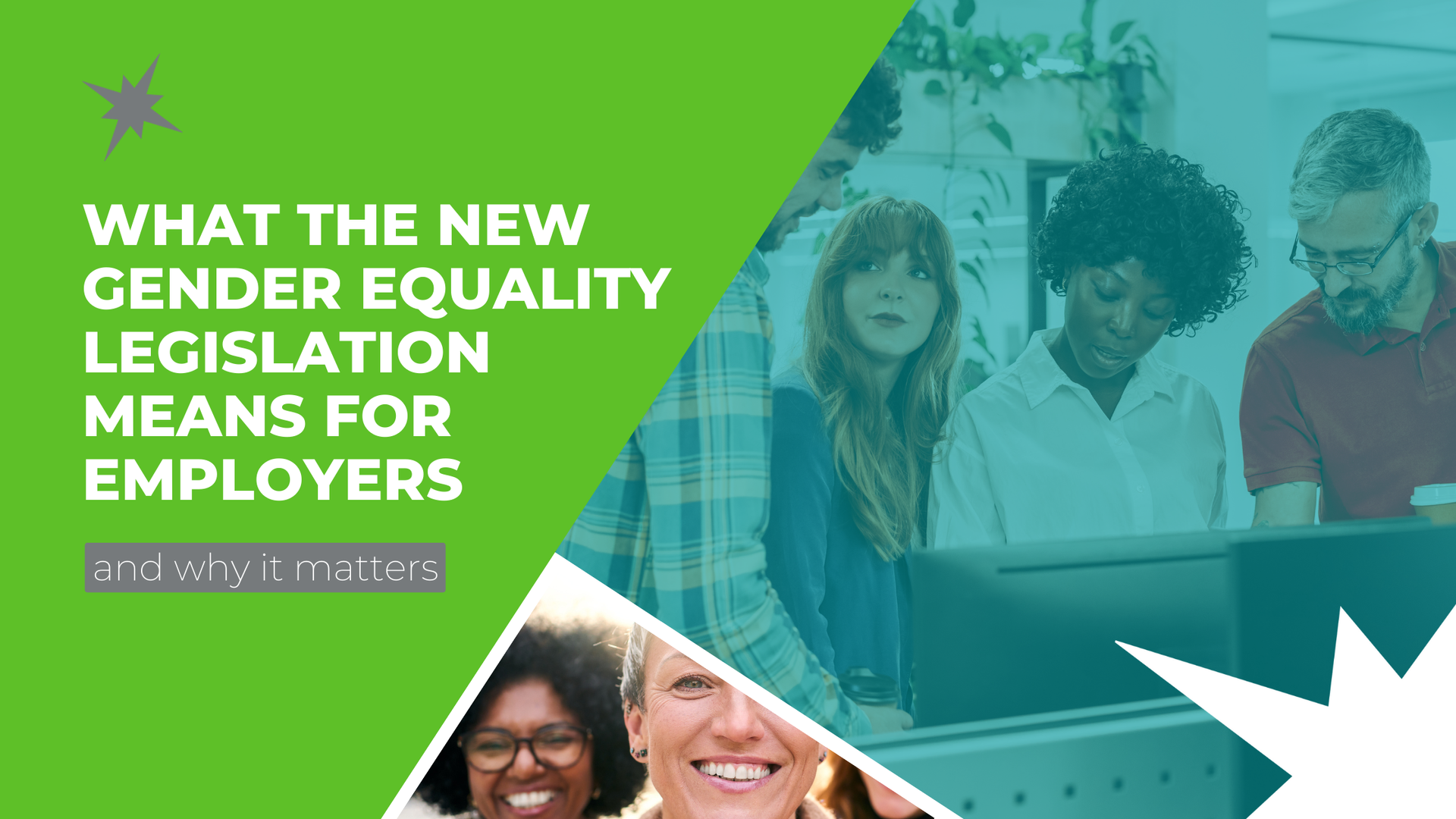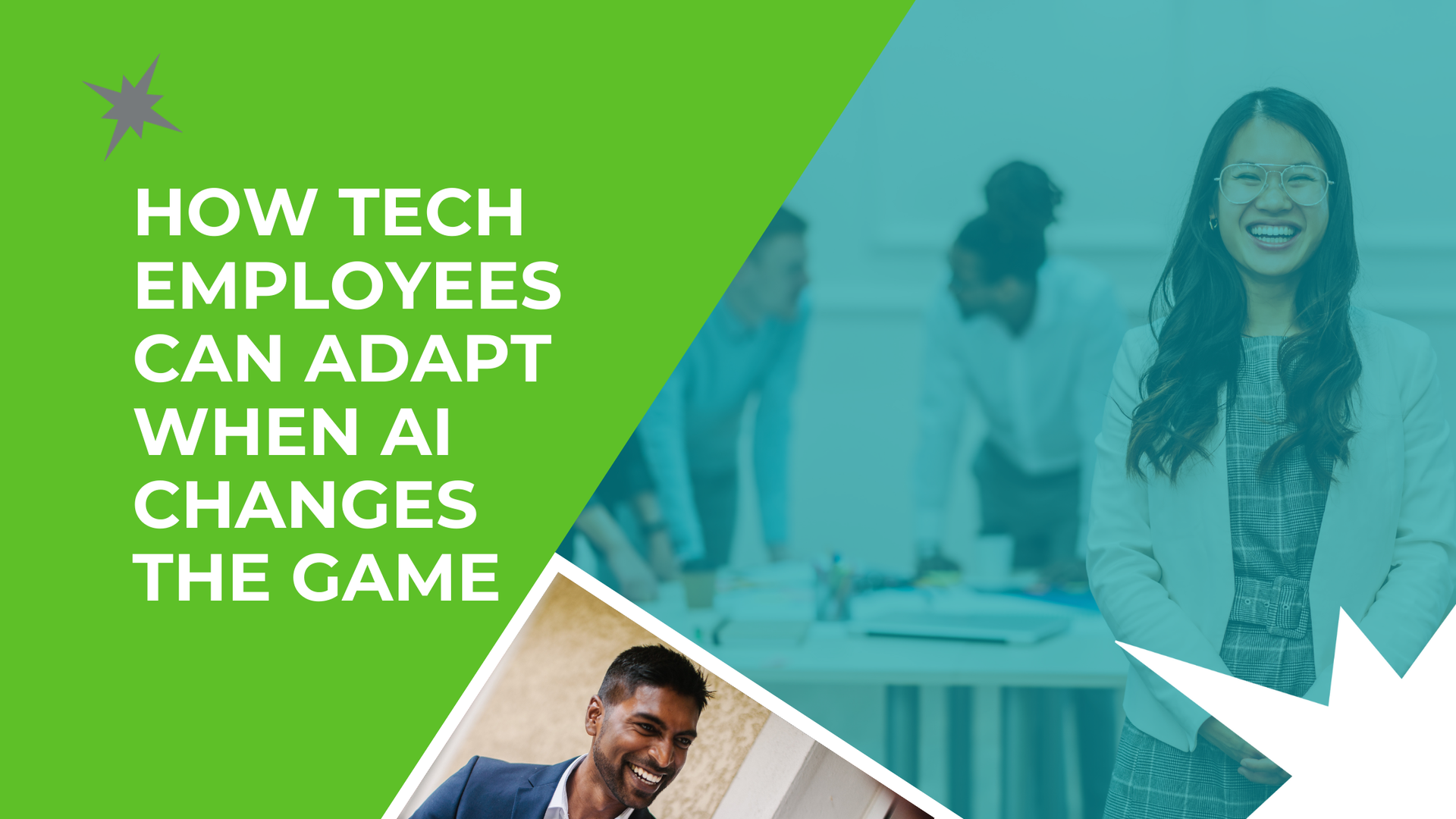News & Insights
< Back to Blogs
How Long Should You Stay at a Job?

Job hopping is quickly becoming the norm in today’s market, with a broader range of IT opportunities available providing Tech professionals with more choice than ever before. Although frequent moves are commonplace within the contracting space, when it comes to permanent roles, the expectations are different. So, how long should you really stay at a job? Many people worry that switching roles too often will make them less desirable to future employers, or, on the other hand, that staying too long may cause their careers to stagnate. However, whilst hiring managers certainly will pay attention to your longevity in past positions, it’s not all that matters.
If you’re considering a new IT job but are concerned about the impact this move could have on your long-term career, here’s everything you need to know.
Justify Moves in Your CV
When putting together your resume for an IT job, the last thing you want is for it to require any guesswork from the reader, especially around previous work history. There really is no set rule for how long you should stay in a job, yet regardless of your job tenure, it’s important to be as clear and detailed as possible about each move. Validating early on in the game why you stayed or left a job will any address concerns a hiring manager may have, and might even save your resume from landing in the “no” pile.
Remember that your next employer will be investing in you and will want to feel confident that you would stick around, so any unexplained job-hopping could make them uneasy about hiring you. On the flip side, if you’ve stayed in a job for a long time, they will want to know that you won’t get too comfortable but stay motivated and eager to upskill and challenge yourself.
Many of us have been in a situation where we left a job because of unresolved office politics, a personality clash with a manager or a colleague or dissatisfaction about the work in general. However, it is best to keep those negative explanations off your resume. Rather, keep it light and positive, and put the spotlight on the fact that you are keen to grow and develop your IT career.
Remember, if you work with a specialist IT recruiter, they will also be able to help by speaking to employers on your behalf as to why you moved roles, addressing any concerns from the get-go and easing some of the pressure you may face in an interview.
Focus on Quality, Not Quantity
There are two things employers will want to know when reading your CV: 1) are you qualified for the position and 2) do you have the skills and experience to be successful in the role? Regardless of your previous job longevity, you would have gained valuable experience and skills along the way which opened the door for you to apply for this and other new IT roles. Focus on demonstrating that you have gone beyond the job title and drawing attention to the experiences you gained in each of your previous roles. Don’t worry if you have been in the same job for a long time, just ensure you address the seeming lack of advancement by showing other forms of development such as any new responsibilities, leadership opportunities or how you may have helped to improve processes.
On the flip side, if you rapidly “hopped” through a few previous jobs, its best to show the reader that you achieved a lot within a short period of time. Again, if your CV is jampacked with solid explanations, fewer questions will be raised and your chances of landing in the “yes” pile increases. So, be clear and transparent about the order and dates of your achievements to outline your progress.
Finally, one of the best ways to ease a prospective employer’s mind is to provide glowing references from past employers who can validate your previous achievements and put to bed any unexplained “red flags” that may have come up in your CV.
Closing Thoughts
At the end of the day, everyone’s circumstances are different and there is no hard and fast rule about how long you should stay in a job. You will enter different phases throughout your career and it’s only natural that your longevity will reflect this.
For further advice on how long to stay at a job or information about the IT jobs we have available right now, contact the team at EITR. We are specialists in IT recruitment and can help you discover your dream tech opportunity!
Job hopping is quickly becoming the norm in today’s market, with a broader range of IT opportunities available providing Tech professionals with more choice than ever before. Although frequent moves are commonplace within the contracting space, when it comes to permanent roles, the expectations are different. So, how long should you really stay at a job? Many people worry that switching roles too often will make them less desirable to future employers, or, on the other hand, that staying too long may cause their careers to stagnate. However, whilst hiring managers certainly will pay attention to your longevity in past positions, it’s not all that matters.
If you’re considering a new IT job but are concerned about the impact this move could have on your long-term career, here’s everything you need to know.
Share This Article
Recent Articles

Filter By Category
Subscribe to our News & Advice












